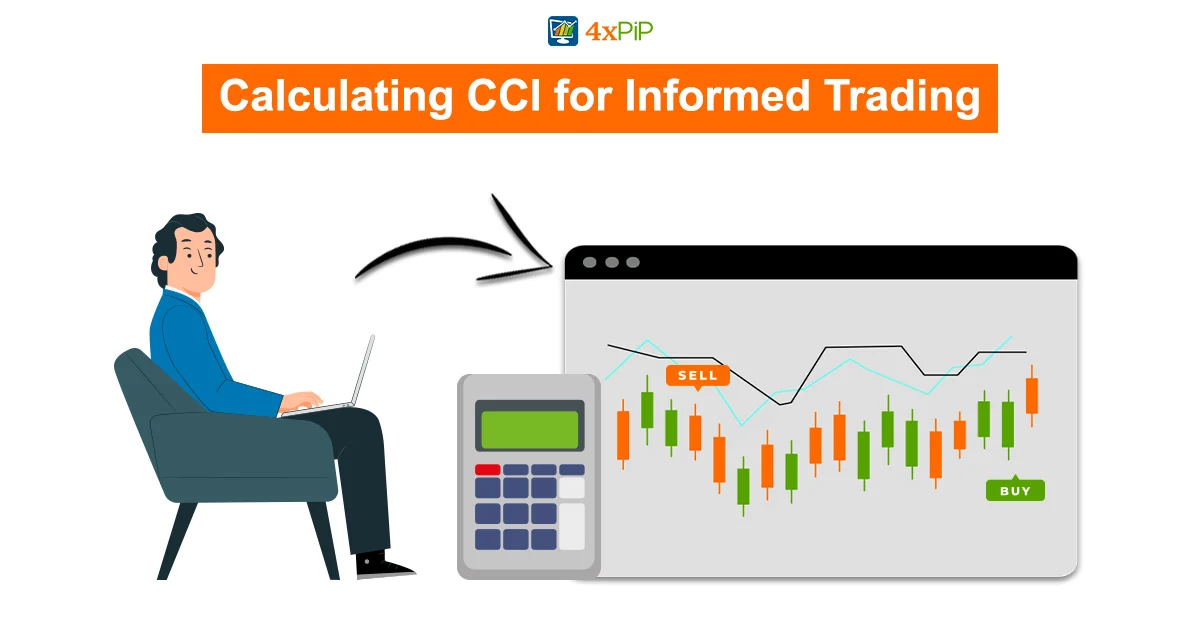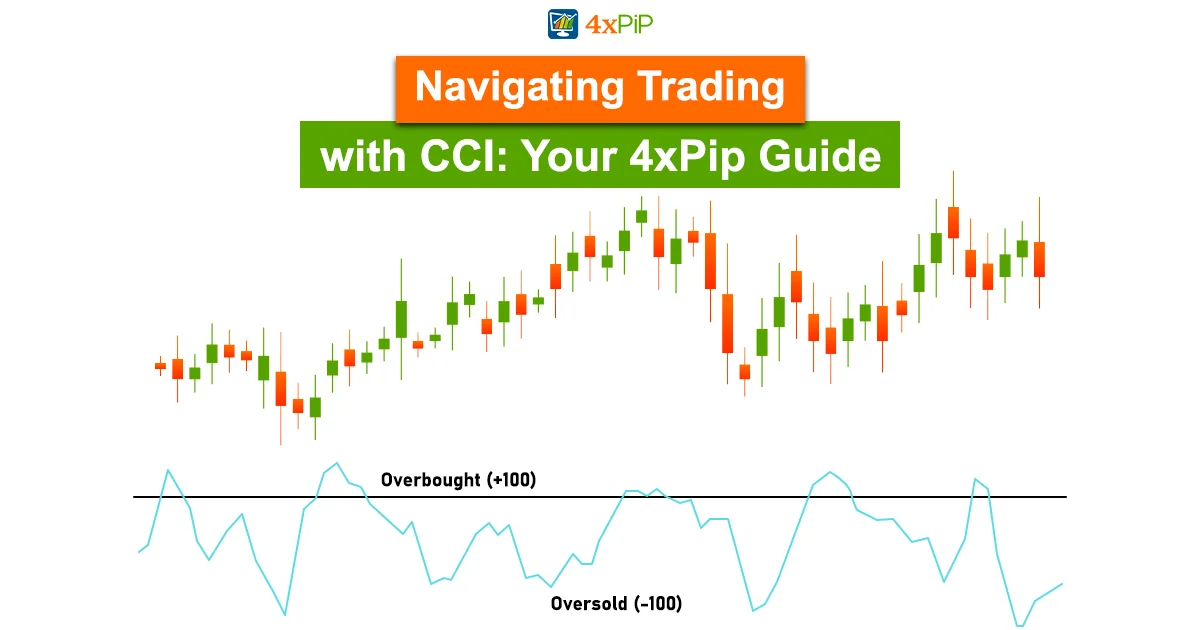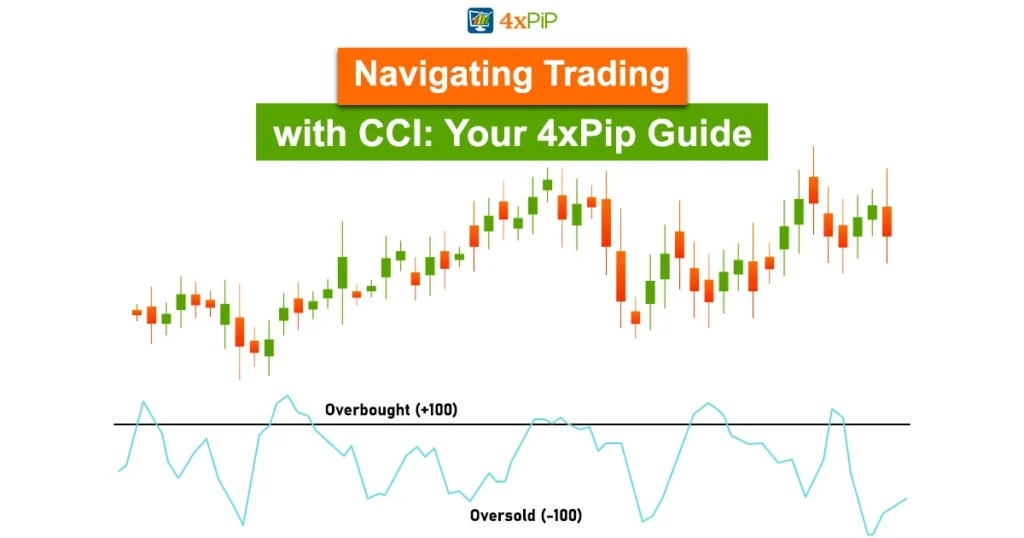Embarking on a trading journey requires mastering tools like the Commodity Channel Index (CCI). Developed by Donald Lambert, the CCI serves as a vital momentum-based oscillator, aiding in identifying overbought or oversold conditions. At 4xPip, where trading expertise meets innovation, we recognize the pivotal role CCI plays in navigating dynamic markets.
Key Takeaways from the Commodity Channel Index (CCI):
The CCI offers insights by measuring the difference between current and historical average prices. When above zero, it signals prices are higher than the historical average, and vice versa. This unbounded oscillator is a cornerstone for traders, allowing effective navigation of market conditions. 4xPip’s experts leverage the CCI for precise trading signals and risk mitigation strategies.
Calculating CCI for Informed Trading:

For accurate predictions, calculating CCI involves determining analysis periods, typically 20. Tracking high, low, and close prices, computing the typical price, calculating the moving average, and finding the mean deviation are essential steps. 4xPip emphasizes the importance of these calculations for informed decision-making in the fast-paced trading environment.
Interpreting CCI Readings:
Crucial for traders, CCI readings above 100 may indicate the start of an uptrend, while readings below -100 suggest a potential downtrend. The versatility of this tool spans beyond commodities, making it applicable across various markets. At 4xPip, we advocate for dynamic interpretation, considering past reversals specific to each asset.
CCI Divergences and Their Implications:
Divergences, where price moves opposite to the CCI, highlight potential weaknesses in trends. While not direct trade signals, divergences serve as valuable warnings. 4xPip’s experts recommend adjusting stop-loss levels or temporarily halting new trades when observing such divergences, ensuring a cautious approach to market dynamics.
CCI vs. Stochastic Oscillator: Understanding the Differences:
While both are oscillators, CCI and the Stochastic Oscillator differ in calculation and boundedness. The Stochastic Oscillator ranges between 0 and 100, while CCI is unbounded. Traders must grasp these distinctions to make informed decisions. 4xPip’s experts diligently analyze both indicators for comprehensive market insights.
Limitations and Caution with CCI:
Despite its advantages, the CCI has limitations. Identifying overbought or oversold conditions can be subjective, and past levels may not predict future market behavior. The lagging nature of the indicator also poses challenges, leading to potential whipsaws. 4xPip suggests combining CCI with other analyses for a more robust trading strategy.
Pros and Cons of Using CCI:
Pros of Using the Commodity Channel Index (CCI):
Trend Identification: CCI excels at identifying trends and potential reversals in the market.
Valuable Insights: It provides traders with valuable insights into price movements and market conditions.
Cons of Using the Commodity Channel Index (CCI):
Subjectivity: CCI’s identification of overbought or oversold conditions can be subjective, impacting interpretation.
Lagging Nature: The indicator’s lagging nature may result in delayed signals, affecting timely decision-making.
Best Practice for Traders:
Comprehensive Strategy: Incorporate CCI into a comprehensive strategy, combining it with other indicators for a well-rounded trading approach.
Conclusion: Mastering CCI for Informed Trading:
In conclusion, mastering the Commodity Channel Index is paramount for traders seeking success in the market. 4xPip empowers traders with knowledge, emphasizing precise calculations, dynamic interpretation, and a cautious approach. For personalized guidance and advanced trading tools, explore 4xPip’s products and robots, enhancing your trading experience. Contact our experts at [email protected] for further assistance in navigating the complexities of the market.












